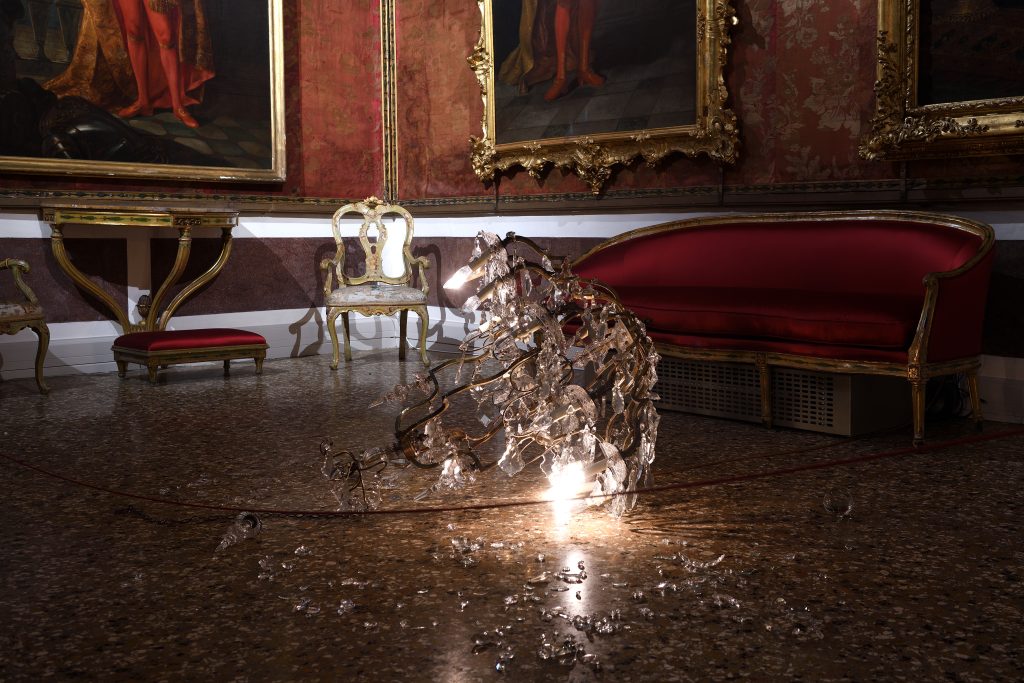Massive Species that Resembles a Floppy-Eared Hound Discovered in Burgess Shale

With fossils dating back 500 million years ago, the well-preserved Burgess Shale in British Columbia is home to increasingly unlocked mysteries of the Cambrian Period, the era in which many of Earth’s major groups of animals appeared. From this site, researchers recently identified a new species: Balhuticaris voltae, a bivalved arthropod (“distantly similar to today’s crustaceans,” according to Popular Mechanics) with bean-shaped eyes and a cape-like shell-body called a carapace. Aside from being uniquely shaped, the creature astounds with its 24.5 centimeters size (most known bivalved arthropods measure at only 10 centimeters), making this one the largest Cambrian arthropods to date. “Size is an important ecological factor related to what an animal eats and how. The gigantism of Balhuticaris tells us that bivalved arthropods were exploring different ecological positions and can be interesting to understand how prey and predator interactions worked at that time,” says lead researcher Alejandro Izquierdo-Lopez. While offering new insight into Earth’s history, the new discovery prompts many more intriguing questions about life as we know it. Read more about this at Popular Mechanics.
Image courtesy of Alejandro Izquierdo-Lopez
Via popularmechanics.com link opens in a new window












